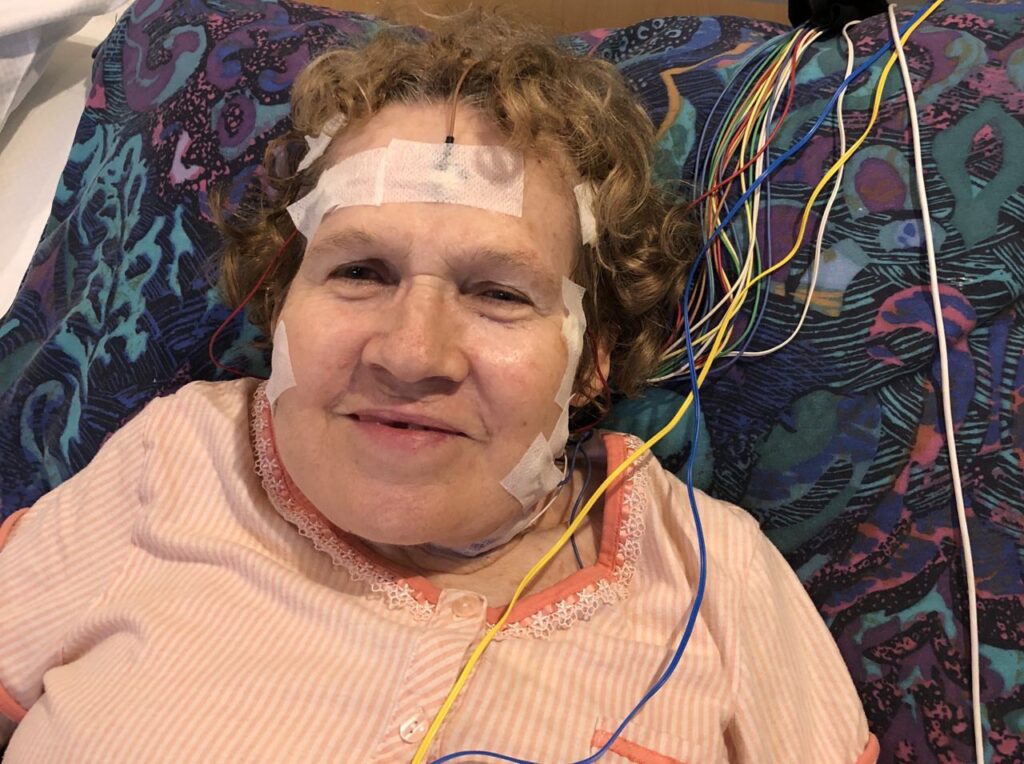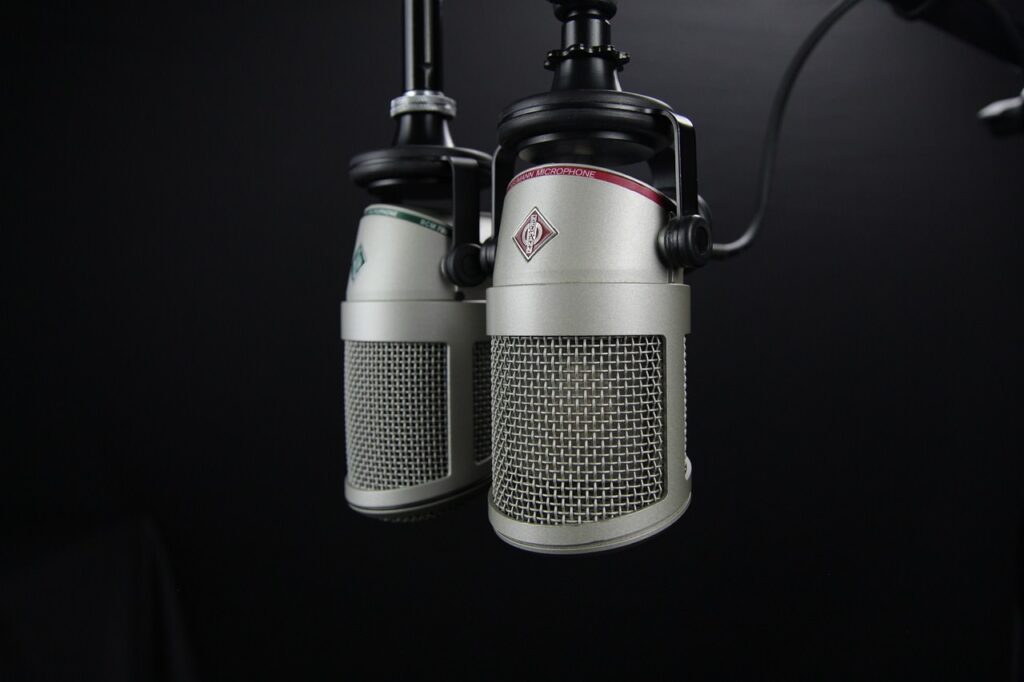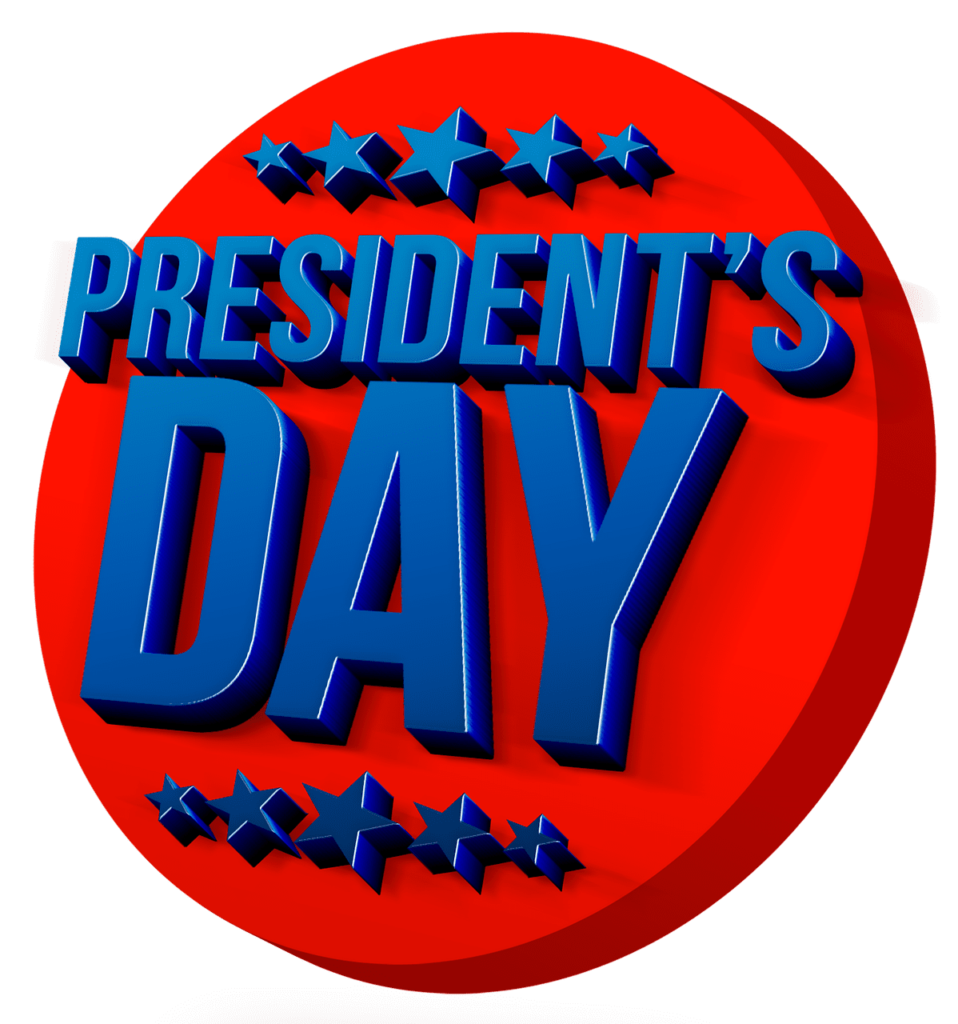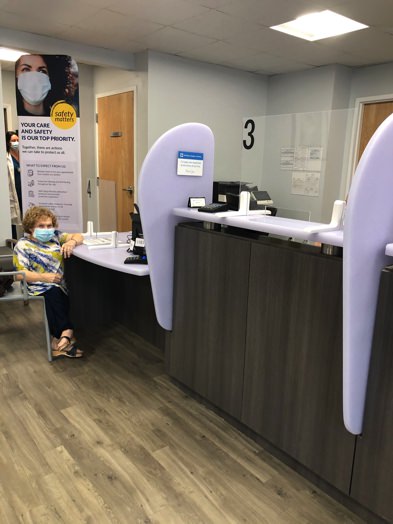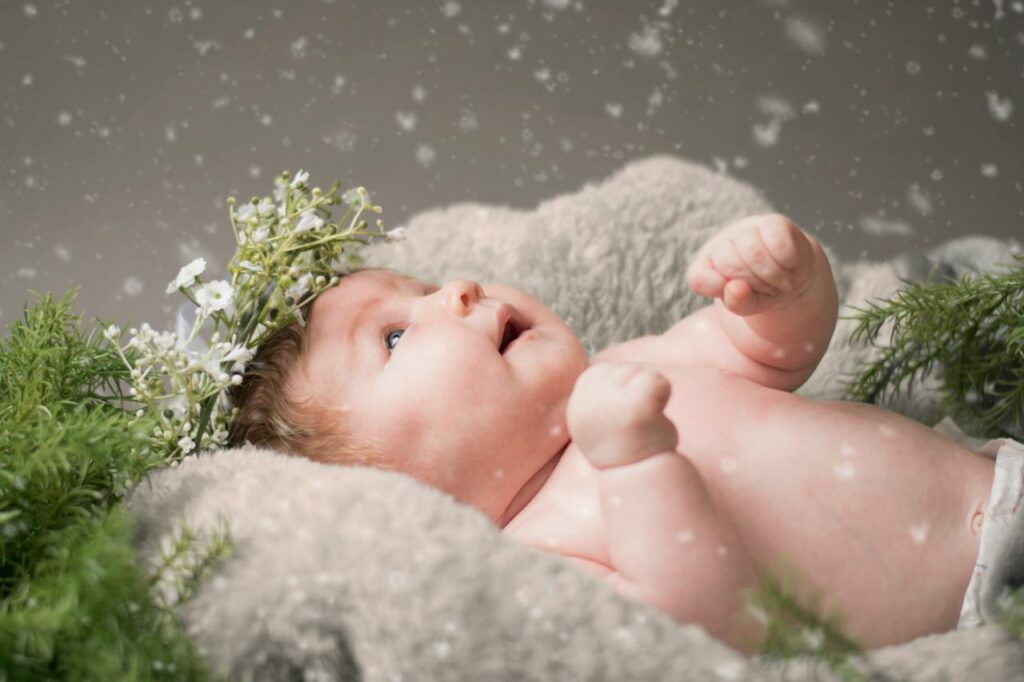
When Russia invaded Ukraine one year ago we knew it would be bad, but who could have predicted the largest refugee crisis since World War II? At the six month marker, the UN Refugee Agency reported well over a third of Ukrainians (14 million people) as being displaced—half within Ukraine and half across borders. Who knows what the numbers are after one year? Their suffering and pain is unimaginable to those of us living in the comfort and security of our homes. But this post will attempt to bring home a sliver of the tragic reality for people with disabilities left behind in their war savaged country.
Want to subscribe to receive blog updates sign up today!
Many of Ukraine’s 2.7 million people with disabilities couldn’t flee from danger—those with high support needs; disabled children in orphanages; those without transportation, unable to cross the border on foot, and nowhere to go. They were left with insufficient caregivers or without help to navigate stairs in their high rise apartments.
The terror of war is compounded as lack of transportation to metro stations and inaccessible bomb shelters in underground subway stations strand many mobility impaired people in buildings being reduced to rubble and ashes by explosions and fires. People with vision or hearing impairments don’t receive information in accessible formats on emergency evacuation, shelter locations, and how to seek assistance. People with intellectual disabilities don’t respond to air raid warnings because they don’t understand they must get to a bomb shelter.
Necessary routine has been ripped from people with autism. The noise of shelling can cause seizures, screaming, or aggression in those with developmental disabilities. Speech, language and physical therapies are terminated. Education is disrupted for those unable to access online learning offered in mainstream schools. Access to medication and food is limited. Hundreds of hospitals have been destroyed, damaged, and have drastic shortages of staff and live-saving medical supplies.
Add to this the underserved needs of thousands of war wounded joining the disabled ranks. Amputees need surgeries and prosthetics. Spinal cord and burn injuries need specialized care and rehabilitation. Post-Traumatic Stress Disorder is rampant among war veterans, prisoners, and scarred civilians.
Although the human toll of Russia’s war is colossal, the international response is also gigantic. Weapons are not only being sent to help Ukraine win the war, but humanitarian resources help alleviate the suffering. For example,
- Samaritan’s Purse operates an emergency field hospital and has stationed scores of disaster response specialists in the region.
- Doctors Without Borders transports patients in a specially fitted medical train to safer hospitals in the west.
- Fight for Right arranges delivery of essential medications, financial support and legal advice for more than 4,100 individuals with disabilities.
- The World Health Organization is replacing some Assistive Technology equipment.
- Joni and Friends provides in-country support.
- Revived Soldiers Ukraine brings wounded troops to America for specialized healthcare treatment.
- I’m adding my name here. How about you? Stopping the war is beyond our control, but we can pray for God’s intervention and show compassion with donations to our preferred humanitarian organization.
“and if you spend yourselves in behalf of the hungry
and satisfy the needs of the oppressed,
then your light will rise in the darkness,
and your night will become like the noonday.”
Isaiah 58:10 (New International Version)
Image credit: https://pixabay.com/photos/map-ukraine-help-hearts-7106584/
You may also want to read:
- “One year of war: persons with disabilities in Ukraine.” European Disability Forum. February 24,2023. https://www.edf-feph.org/one-year-of-war-persons-with-disabilities-in-ukraine/
- Amandas Ong. “What the war means for Ukrainians with disabilities.” October 2, 2022. Al Jazeera. https://www.aljazeera.com/features/2022/10/2/what-the-war-means-for-ukrainians-with-disabilities
- Amandas Ong. “The hospital train helping Ukraine’s sick and wounded.” September 4, 2022. Al Jazeera. https://www.aljazeera.com/features/2022/9/4/the-hospital-train-helping-ukraines-sick-and-wounded?traffic_source=KeepReading
- Angela Muir Van Etten. “Remember Ukrainians with Disabilities.” March 7, 2022. Blogpost. https://angelamuirvanetten.com/remember-ukrainians-with-disabilities/

